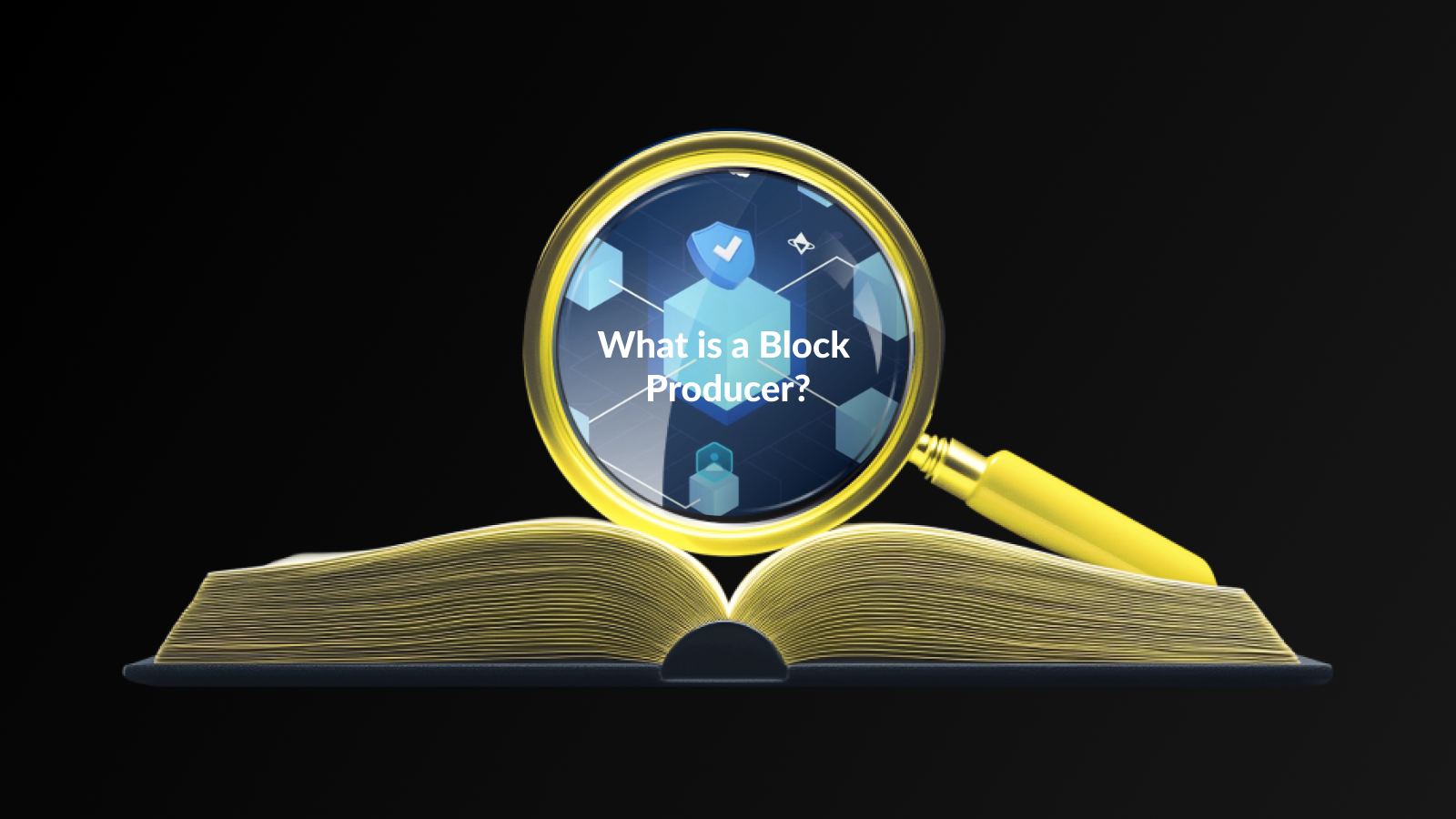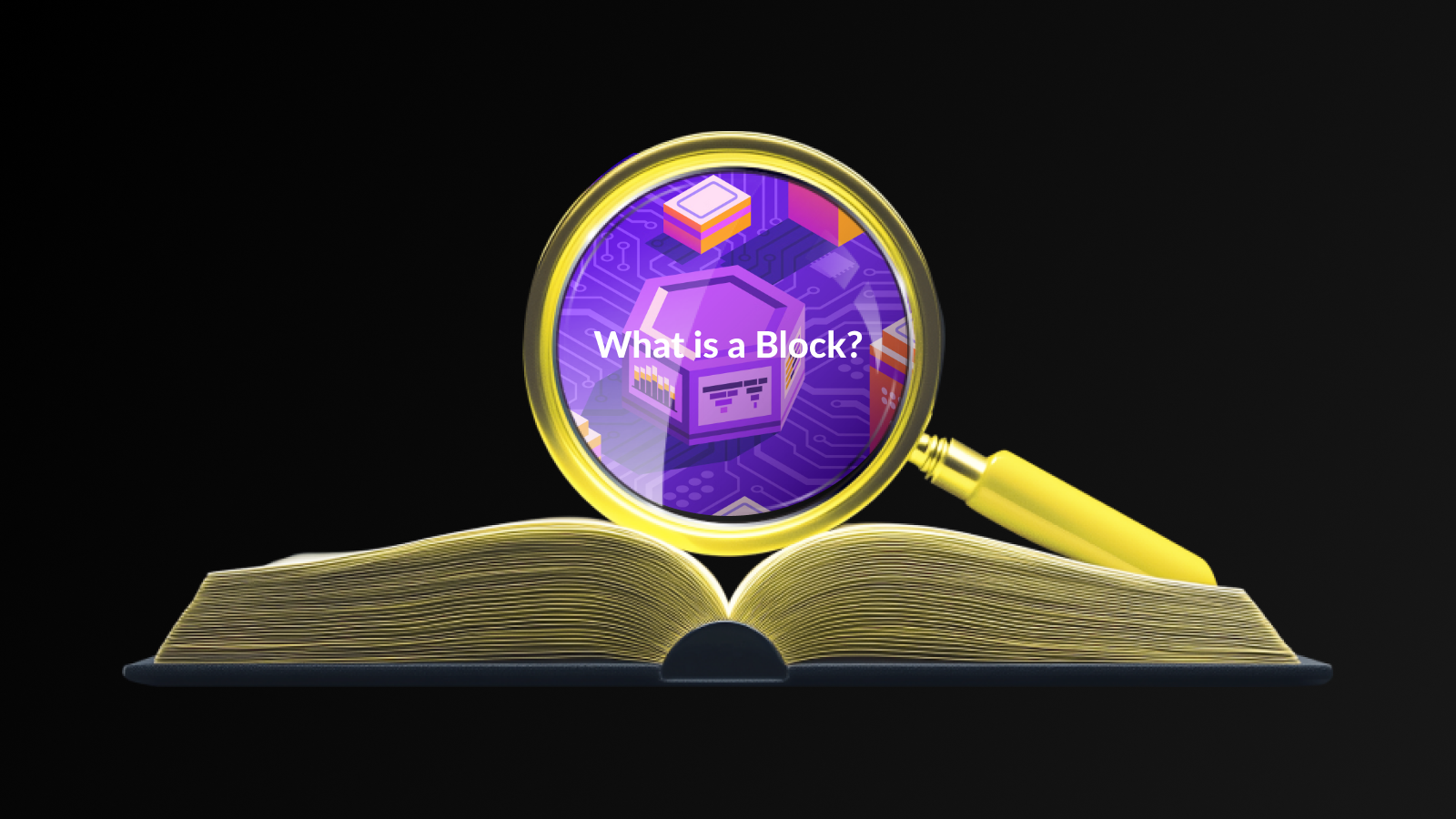Blockchain Basics: A Beginner-Friendly Introduction to How It Works
Blockchain is one of those words you see everywhere these days. It shows up in news headlines, investment discussions, tech conferences, and even casual conversations.
What actually is it? And why does it matter so much?
This beginner-friendly guide breaks the concept down into simple, understandable pieces so anyone can follow along, even without a technical background.
What Is Blockchain Technology?
A blockchain is essentially a digital record book, but instead of being stored in one place, it lives on many computers at the same time. Information is grouped into “blocks,” and each block is connected to the one before it. Once data is added, it becomes extremely hard to change, which makes the system naturally trustworthy.
A Brief History of Blockchain
The idea began long before cryptocurrency became popular. In the 1990s, researchers explored ways to protect digital timestamps. Everything changed in 2008 when the creator of Bitcoin, known as Satoshi Nakamoto, introduced blockchain as a way to run a digital currency without banks. Since then, the technology has expanded far beyond money.
How Blockchain Differs from Traditional Databases
Typical databases live on one server or belong to one organization. Administrators can modify records, update information, or even delete things.
A blockchain works differently:
-
Every participant shares the same copy of the ledger
-
No single party can alter past records
-
Trust comes from transparency and mathematical rules
This creates a system where everyone sees the same information.
How Blockchain Works (Without Melting Your Brain)
Blocks, Chains, and Hashes
A block acts like a page in a notebook. It contains information, a timestamp, and a special fingerprint called a hash. If anything inside the block changes, the hash changes completely. Because each block stores the hash of the block before it, the chain becomes tamper-resistant.
Distributed Ledger & Nodes
Instead of one company storing the data, thousands of computers—called nodes—store and verify the ledger together. If someone tries to cheat, the other nodes reject the invalid information.
Public vs Private Keys
Blockchain uses cryptography to prove ownership. A public key is like your mailbox number—people can send things to it. A private key is like the key to open the mailbox. Lose the private key, and access is gone. Share it, and anyone can use your assets.
Key Features of Blockchain Technology
Decentralization
No single person or company controls the system. Authority is shared across the network.
Immutability
Once information is recorded and confirmed, it becomes almost impossible to alter.
Transparency & Pseudonymity
Everyone can view transactions, but identities remain behind cryptographic addresses rather than names.
Security
The combination of mathematics, distributed verification, and economic incentives makes blockchain systems extremely secure.
Types of Blockchains
Public Blockchains
Open to everyone. Anyone can participate, view data, or validate transactions.
Private Blockchains
Operated by a single organization. Used for internal processes where privacy matters.
Consortium Blockchains
Managed by several organizations working together, often in finance or supply chain networks.
Hybrid Models
Mix public transparency with private control for sensitive information.
Conclusion
Blockchain may sound complex at first, but the basic idea is straightforward: it’s a shared digital record that’s designed to be honest, transparent, and hard to manipulate. Understanding blocks, nodes, and cryptographic keys provides a solid foundation for exploring more advanced concepts later on.
FAQs
- Is blockchain only used for cryptocurrency?
No, it’s used in logistics, identity systems, digital ownership, and more. - Can someone delete information on a blockchain?
Past records cannot be easily changed or deleted. - Is blockchain anonymous?
It’s pseudonymous users appear as digital addresses, not names. - Do I need technical skills to understand blockchain basics?
Not at all. Basic concepts are accessible to everyone. - Why do people trust blockchain records?
Because data is verified by many independent participants, not one authority.
Disclaimer
The information in this article about blockchain is intended purely for general understanding and should not be taken as professional or technical advice. Although every effort has been made to keep the content accurate and current, the blockchain field evolves quickly, and new developments can change best practices at any time. For that reason, it’s always wise to double-check details, consult knowledgeable professionals, or do additional research before making decisions based on what you read here.
We cannot be held responsible for any results that may come from using the information provided. Readers should independently verify facts, figures, and interpretations before applying them to real-world situations. The opinions and explanations shared in this article represent general perspectives and may not reflect the views of any related organizations. Any use of this material is entirely at your own discretion and risk.





